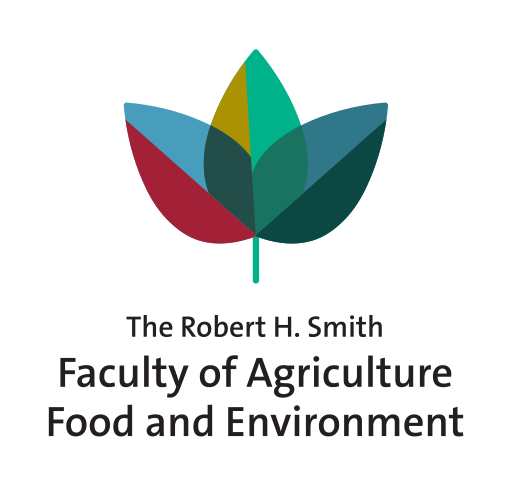people
Dr. Smadar Harpaz-Saad
Plant Cell wall plays a major role in determining plants architecture and plant’s adaptation to different stresses.
Plant cell wall is composed mainly from polysaccharides, proteins and phenolic compounds. The cell wall polysaccharides have immense economic importance as they are central players in determining the mechanical and textural properties of food, wood, paper and textile fibers. Moreover, they serve as major source for the emerging industry of biofuels for renewable energy.
Dr. Smadar Harpaz-Saad
Prof. José Grünzweig
Human impacts on plants (especially woody species), ecosystems and biogeochemical cycles at organismic, community and ecosystem scales.
Publications
- T. Friedlander*, R. Prizak*, N. Barton and G. Tkacik, “Evolution of new regulatory functions on biophysically realistic fitness landscapes”, (* - equal contribution), arXiv: 1610:02864, Nature Communications, accepted, 2017.
- T. Friedlander, R. Prizak, C. Guet. N. Barton and G. Tkačik, “Intrinsic limits to gene regulation by global crosstalk”, Nature Communications, 7(12307), Aug. 2016, doi:10.1038/ncomms12307; (arXiv:1506.06925).
Dr. Tamar Friedlander
My lab is computational - theoretical. We use a variety of methods including evolutionary and biophysical modeling, computer simulations and bioinformatics to research fundamental biological questions.
Dr. Tamar Friedlander
Dr. Leor Eshed-Williams
Dr. Yonatan Elkind
Research Interests
Application of genetic engineering to plant breeding and physiology.
Molecular biology and genetic engineering: specifically, gene expression in transgenic plants.
Transposon tagging of polygenes and of agronomically important traits.
Prof. Rivka Elbaum
Plant cell wall structure and function; Hygroscopic movement for seed dispersal; Silica in plants.
Former Lab Members
- Leah Naveh Lab Technician
- Laure Sultan Postdoctoral Fellow (2022)
- Tiru Malavath Postdoctoral Fellow (2021)
- Yana Butenko Postdoc (2020)
- Eyal Tamary, Ph.D. (2019)
- Elinor Aviv, M.Sc. (2018)
- Hadar Lecker, M.Sc (2017)
- Vijay Dalal, Postdoc (2017)
- Albina Lin, M.Sc. (2012)
Selected Publications
-
Lindahl M., Tabak S., Cseke L, Pichersky E, Andersson B. & Adam Z. (1996). Identification, characterization, and molecular cloning of a homologue of the bacterial FtsH protease in chloroplasts of higher plants. J. Biol. Chem. 271: 29329-29334.
-
Adam Z. (1996). Protein stability and degradation in chloroplasts - a mini-review. Plant Mol. Biol. 32: 773-783.
Prof. Zach Adam
The Proteolytic Machinery of Chloroplasts









